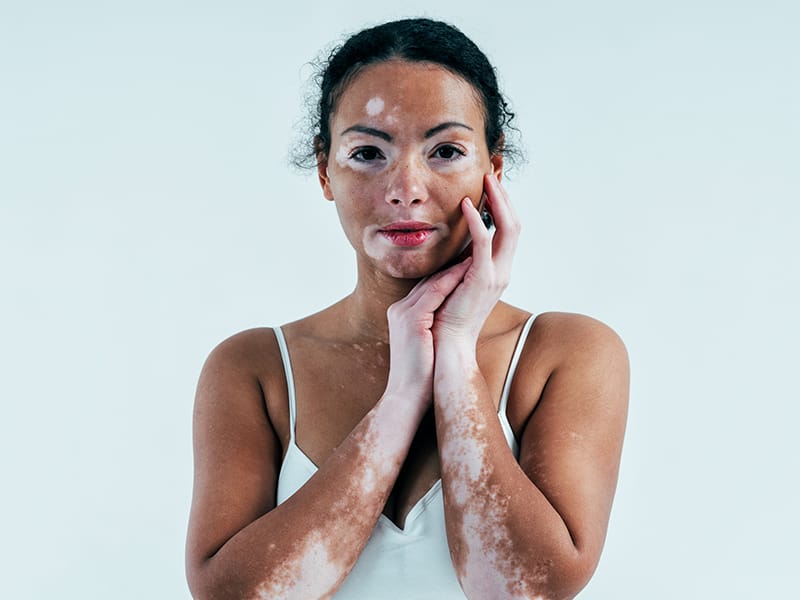
Pigmentation disorders represent one of the most common dermatological concerns affecting millions of people worldwide, significantly impacting both physical appearance and psychological well-being. These conditions arise from disruptions in melanin production, the pigment responsible for skin, hair, and eye color, leading to areas of increased, decreased, or completely absent pigmentation.
Understanding Skin Pigmentation
Melanin production occurs in specialized cells called melanocytes, located at the base of the epidermis. While most individuals possess similar numbers of melanocytes, the wide variation in human skin color results from differences in melanin production rather than cell quantity. Two primary types of melanin exist: eumelanin (brown and black pigments) and pheomelanin (reddish pigments). Various factors including genetics, sun exposure, hormonal changes, inflammation, and certain medications can disrupt normal melanin production, leading to pigmentation disorders.
Types of Pigmentation Disorders
Hyperpigmentation Disorders
Hyperpigmentation occurs when excess melanin production creates darker patches on the skin. The most common forms include:
Melasma presents as brown or grayish patches, typically on the face, often triggered by hormonal changes during pregnancy or from sun exposure. This condition predominantly affects women and can be particularly challenging to treat.
Post-Inflammatory Hyperpigmentation (PIH) develops following skin inflammation or injury, such as acne, burns, cuts, or conditions like eczema. The affected areas appear darker than surrounding skin and can range from light brown to deep black.
Solar Lentigines (age spots or sunspots) result from prolonged sun exposure and aging, appearing as darkened spots on sun-exposed areas.
Hypopigmentation and Depigmentation Disorders
Vitiligo represents an autoimmune condition where melanocytes are destroyed, creating white patches on the skin. This disorder affects up to 2% of the global population and can have significant psychological impacts.
Albinism is a genetic condition characterized by reduced or absent melanin production throughout the body, affecting skin, hair, and eyes. Patients require comprehensive management including sun protection and ophthalmologic care.
Pityriasis Alba commonly affects children, presenting as light patches often associated with eczema.
Diagnostic Approaches
Proper diagnosis of pigmentation disorders requires comprehensive evaluation by dermatologists using multiple techniques. The diagnostic process typically includes:
Visual Examination involves assessing the size, shape, color, and distribution of pigmented areas. Wood’s Lamp Examination utilizes ultraviolet light to distinguish between epidermal and dermal pigmentation, particularly useful for diagnosing melasma. Dermoscopy employs magnification to observe detailed pigmentation patterns and differentiate benign conditions from potentially dangerous lesions like melanoma.
When necessary, skin biopsies may be performed to exclude malignancy or identify underlying inflammatory conditions. Blood tests can detect systemic causes such as thyroid disorders, Addison’s disease, or vitamin deficiencies.
Treatment Strategies
Topical Treatments
Triple Combination Therapy represents the gold standard for treating moderate to severe melasma, combining hydroquinone 4%, tretinoin 0.05%, and a topical corticosteroid. Clinical studies demonstrate significant improvement within four weeks of treatment.
Hydroquinone serves as the most effective melanin-inhibiting agent, working by suppressing tyrosinase enzyme activity. In combination with tretinoin, it accelerates cellular turnover and enhances penetration of active ingredients.
Alternative Brightening Agents include azelaic acid and kojic acid, which offer effective pigmentation reduction with fewer side effects than hydroquinone. These agents work by inhibiting melanin production through different pathways.
Advanced Procedures
Chemical Peels utilizing glycolic acid, salicylic acid, or trichloroacetic acid remove pigmented skin layers and promote regeneration. Superficial peels target mild pigmentation with minimal downtime, while deeper peels address more severe cases.
Laser Therapy offers targeted treatment for various pigmentation disorders. Q-switched lasers effectively treat solar lentigines and café-au-lait macules, while fractional lasers address deeper pigmentation issues.
Microneedling stimulates collagen production while breaking up pigmented cells, promoting natural skin regeneration and reducing hyperpigmentation.
Phototherapy for Vitiligo
Narrowband Ultraviolet B (NB-UVB) therapy represents the most effective treatment for generalized vitiligo. This treatment stimulates melanocyte activity and repigmentation, with studies showing significant improvement in 77.5% of patients. The therapy requires 2-3 sessions weekly for optimal results.
Topical Treatments for vitiligo include class III corticosteroids for localized lesions and calcineurin inhibitors like tacrolimus as safer alternatives for long-term use.
Prevention and Management
Sun Protection remains crucial for preventing and managing all pigmentation disorders. Broad-spectrum sunscreens with SPF 30 or higher should be used daily, as UV exposure is the primary trigger for most pigmentation issues.
Maintenance Therapy often requires long-term commitment, with many treatments showing gradual improvement over months to years. Patients should maintain realistic expectations and understand that complete resolution may not always be achievable.
Conclusion
Pigmentation disorders encompass a complex spectrum of conditions requiring individualized treatment approaches. Early diagnosis and appropriate intervention can significantly improve outcomes and quality of life for affected individuals. While treatments have advanced considerably, prevention through sun protection and proper skincare remains the most effective strategy for maintaining healthy, even-toned skin. Patients should work closely with dermatologists to develop comprehensive treatment plans tailored to their specific condition and skin type.
Add to follow-up